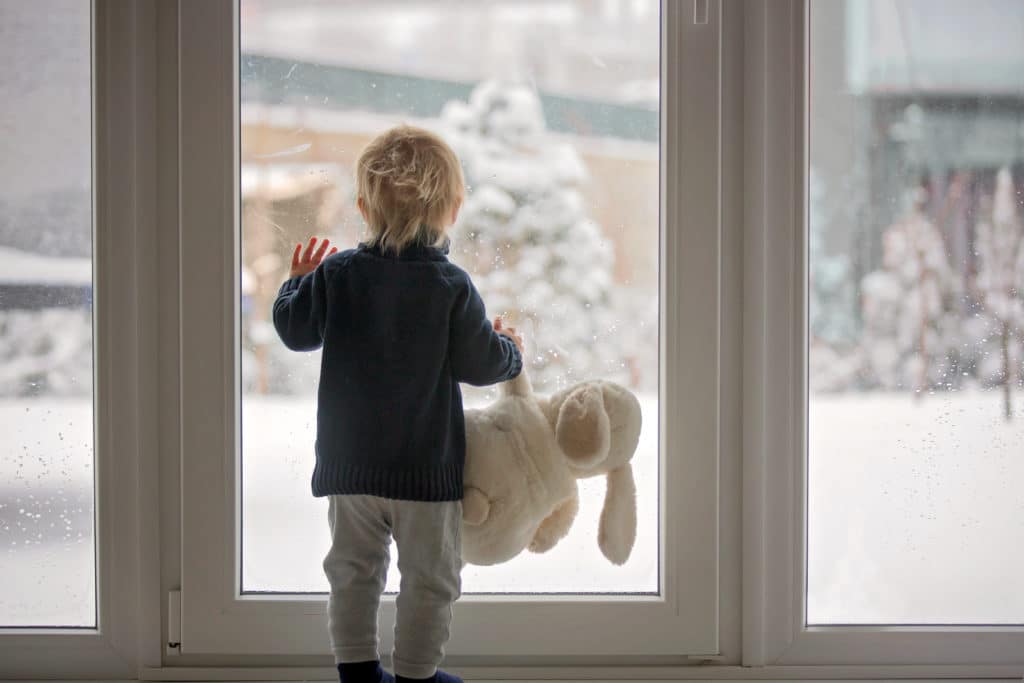Winter is upon us and if you’re like most, you might be wondering whether or not your house is ready to face the challenges that the cold season brings. As temperatures drop and snow begins to fall, it’s important to take care of some last-minute winterizing around your house before it’s too late. One of the most important things you can do to prepare your home for the winter season is to make sure that any exterior pipe systems in your home have been disconnected from their water supply. If you don’t, then you run the risk of your pipes freezing and bursting, resulting in potential floods and significant costs for repairs.
To make the process clearer, we put together a list of steps to help you disconnect your hose from its water supply this winter.
Garden Hose Removal Checklist
- Turn the valve off. The first thing you need to do is to make sure your hose bibs are completely turned off. Locate the shut off valve within your home and switch it off.
- Disconnect the hose from the hose bib. This can be done by unscrewing the tip of the hose from the hose bib.
- Remove any kinks or bends from your hose in order to ensure proper storage and prevent holes from forming in the hose’s lining. Doing so also allows for the free-flowing of water in the future.
- Roll the hose up and store it away for the winter.
- Drain the hose bib. Once you’ve shut off the valve, turn on the faucet to the hose bib and let it drain.
- Bleed the shut off valve. Once you’ve drained your hose bib, go back to the shut off valve in your home. Locate the “bleed valve” and place a bucket underneath it to collect any remaining water.
Struggling to get your hose off of the hose bib? Don’t have the time to disconnect your hose? We recommend contacting a licensed plumbing team for help. “What Happens If I Don’t Disconnect My Hose?” Sure, you and a few others might have gotten away in the past with leaving your hose connected during the winter. But did you know that doing so puts the condition of your home at great risk?
When you leave your garden hose outside during the winter, it can freeze, particularly when there is water left behind. Once that water has frozen, the copper pipes that hold the water will then expand and eventually split. The splits in your pipes often go unnoticed until you turn on your hose for the first time in the spring, ultimately leading to a flood. In some cases, you might not even notice the leak until years later. These slow, gradual leaks cause the greatest level of damage to your home’s infrastructure and allow for mold to grow. In some cases, a frozen connected hose may even lead to water pressure problems in the water lines or pipes of your home.
For those who once thought they were “off the hook” by ignoring their hose every winter, they might want to think again. We get it, nobody wants to go out in the cold and disconnect their hose as they enter the cold season. However, take a moment and think about the money that it could save you in the long run. You’ll thank us later!
Choose BEST Plumbing For All Of Your Plumbing Needs!
Struggling to disconnect your hose in time for the winter? Our team of licensed plumbing professionals at BEST Plumbing would be glad to help. Give us a call today to get started!

